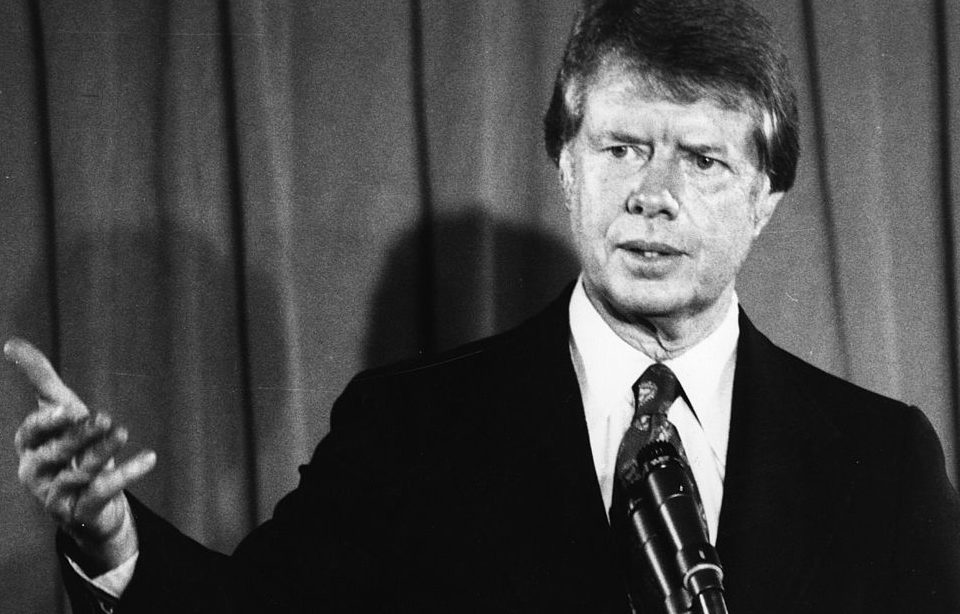Jimmy Carter was a one-term president, but he has long been lauded for his character and empathy. The 39th president of the United States, he was awarded the Nobel Peace Prize in 2002 and has worked with Habitat for Humanity since 1984. Over 30 years earlier, he proved he had two more important traits: intelligence and courage.
This is the story of how Jimmy Carter helped Canada avoid nuclear disaster.
1952 Chalk River meltdown
Chalk River Labs was located about 90 miles northwest of Ottawa, Ontario, Canada. In 1952, a partial meltdown of an experimental nuclear reactor occurred, due to “mechanical problems and operator error that led to overheating fuel rods and significant damage to the NRX reactor core.”
A series of hydrogen explosions resulted, causing its vessel seal to blow up. This let out an estimated 1.2 million gallons of water, which flooded the core and damaged the reactor. The radioactive water was subsequently released into ditches close to the border of the Ottawa River.
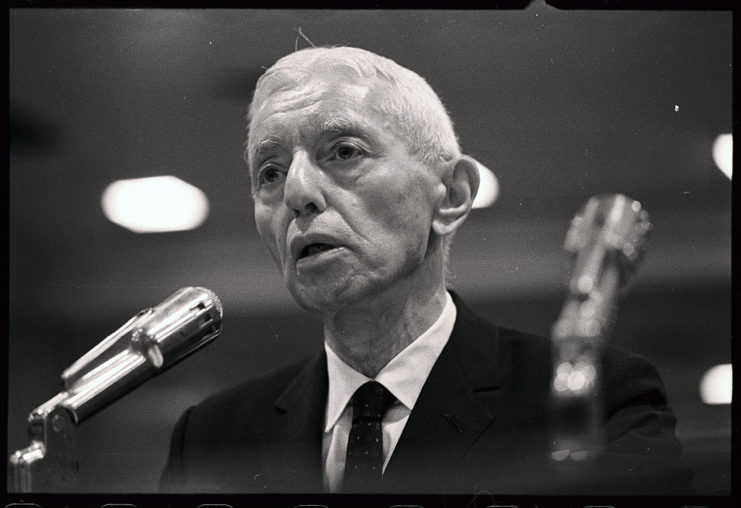
Unsure of how to deal with the situation, Canadian officials appealed to the US for help, as the country had much more experience with nuclear power. Rear Adm. Hyman Rickover, known as the “Father of the Nuclear Navy,” was tasked with helping resolve the issue.
Jimmy Carter is chosen to save Canada from nuclear disaster
To take care of the situation in Canada, Rickover turned to his protégé, Lt. Jimmy Carter. Rickover was famous for demanding perfection from those under him and Carter was his right-hand man. The future president had recently been assigned to the Naval Reactors Branch of the Atomic Energy Commission in Washington, DC and was working on a nuclear submarine project in New York.
Just 28 years old at the time, he had been a member of the US Navy for six years and led a team of 23 sailors.
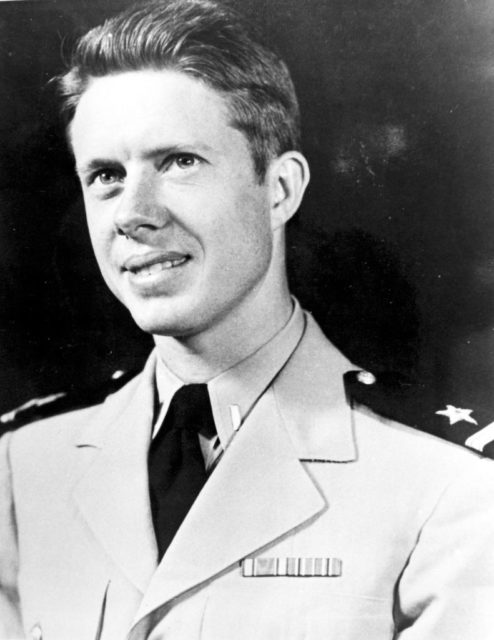
Their mission was to get into the nuclear reactor’s core and shut it down. Once that was complete, the core would need to be properly disassembled and replaced with a new one.
The plan required strategy and planning
The 23 sailors and Carter did plenty of planning before tackling the serious situation. Due to the high amount of radiation in the building, it was key that no individual was exposed for more than 90 seconds at a time. As such, the sailors broke themselves up into groups, and prior to entering the premises practiced at a nearby tennis court.
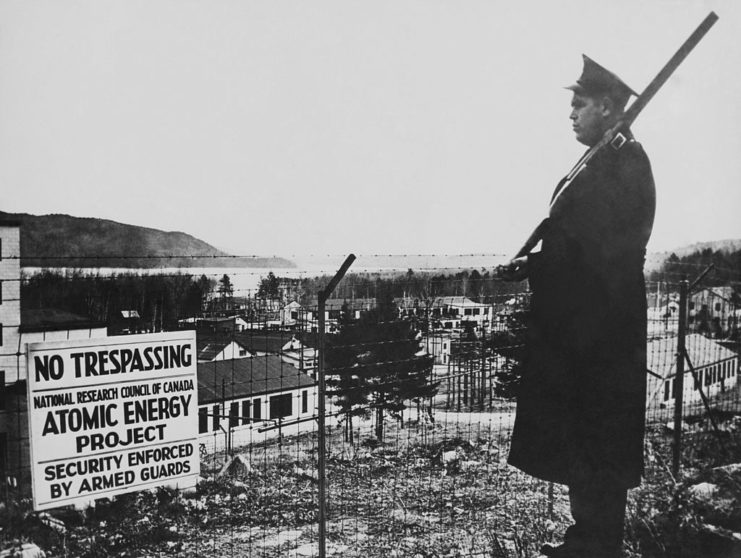
Every step of disassembling the reactor’s core, down to the last bolt, was performed on a dummy built to the exact specifications of the damaged one. From there, Carter and his men practiced making the repairs as quickly as possible.
The operation and its danger
The sailors worked hard to learn the ins and outs of the reactor because each team could only be near it for a short amount of time. Eventually, they were able to fulfill their duty and remove the damaged unit. For Carter, this involved being lowered into the building and running over to turn a screw. He was then lifted up, and the process repeated until the core was removed.
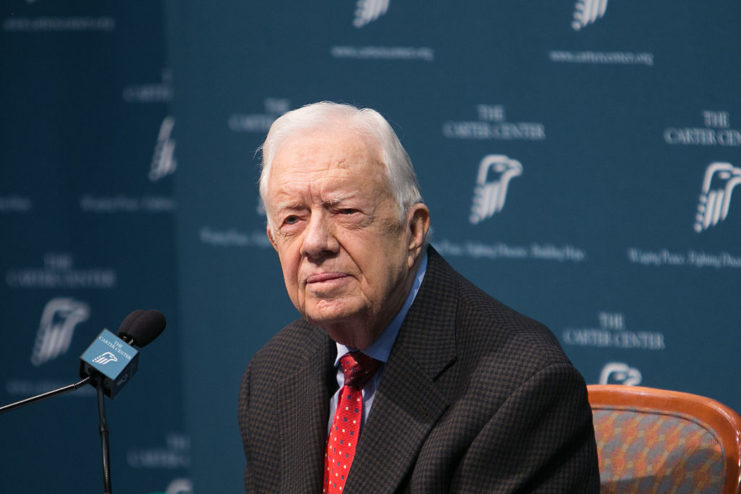
Today, it’s known that even 90 seconds of exposure to the radiation is far too much, and the entire team was exposed to more radiation than is considered safe. Carter later said of the incident, “We went down below into the reactor room. We dashed on the site there and, in a highly radioactive environment, did our job. I had radioactive urine for six months and I thought I would never have another child, but Amy came later.”
More from us: 7 US Presidents Who Served During World War II
Want to become a trivia master? Sign up for our War History Fact of the Day newsletter!
The effects of the radiation exposure eventually hit Carter and he developed tumors on his brain and liver. A year later, however, he was screened and found to be cancer-free.
